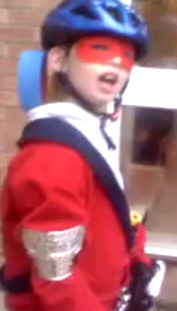ANIMATION PROJECT IDEA'S/RESEARCH
IDEA
the Idea is that me and Louis will use the rotoscope technique that we learned to rotoscope one of the fight scene's from Naruto.
we will thing of the style of our characters, whether we will make our own characters or we could do a mix or our and and the current one by using some of the features of the characters and using our own ideas.
the second idea is to go out with a camera and fake a fight for us to use in photoshop and rotoscope it into our animation,
only downside to this is that each fight in Naruto can be up to a couple of hours long and as short as a few minuets. the point is to select a possible moment into a short rotoscope animation
ROCK LEE VS GARRA
the Idea is that me and Louis will use the rotoscope technique that we learned to rotoscope one of the fight scene's from Naruto.
we will thing of the style of our characters, whether we will make our own characters or we could do a mix or our and and the current one by using some of the features of the characters and using our own ideas.
the second idea is to go out with a camera and fake a fight for us to use in photoshop and rotoscope it into our animation,
only downside to this is that each fight in Naruto can be up to a couple of hours long and as short as a few minuets. the point is to select a possible moment into a short rotoscope animation
ROCK LEE VS GARRA
























